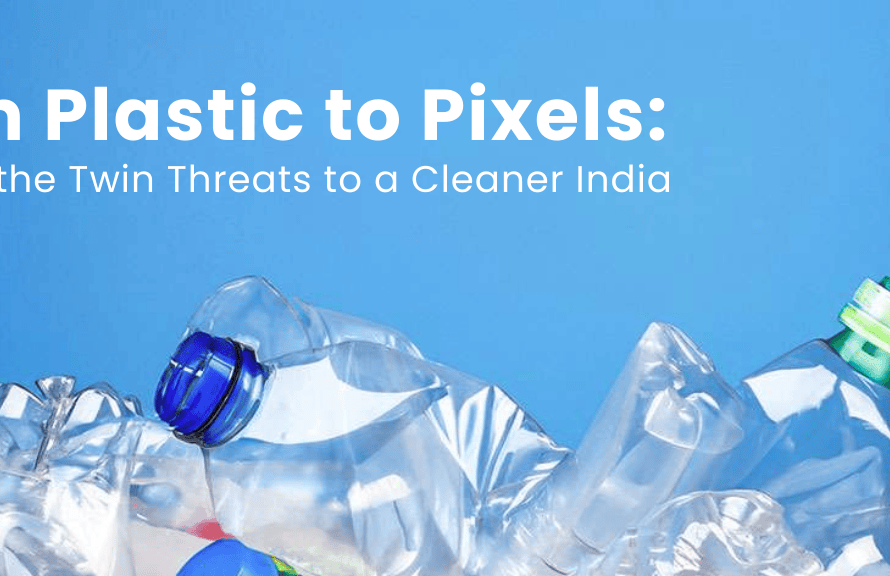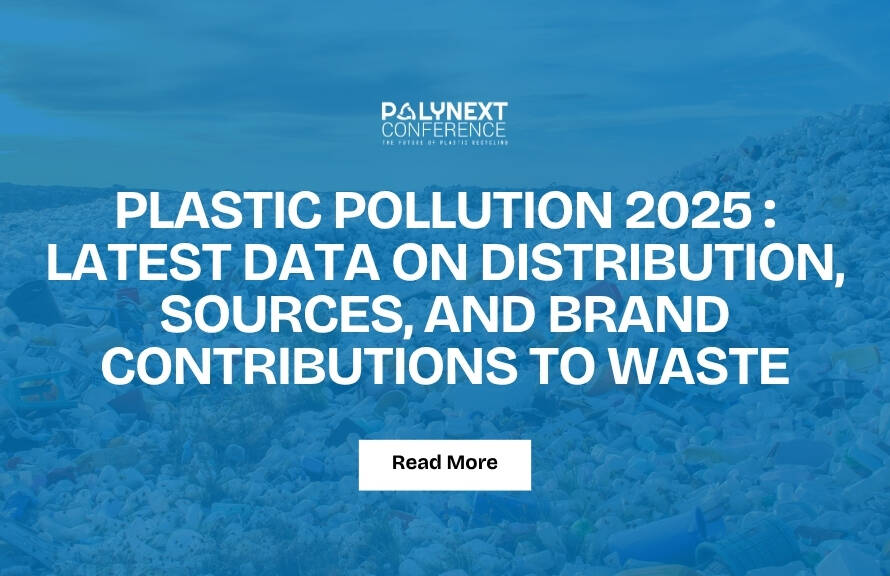Plastic pollution and climate change are often viewed as distinct environmental challenges. In reality, they are two sides of the same coin—interlinked crises that intensify each other, creating a feedback loop with devastating consequences for ecosystems, climate systems, and human health. From production to disposal, plastics contribute significantly to global greenhouse gas emissions, making it impossible to tackle one issue without addressing the other.
From Cradle to Grave: Plastics Fuel Climate Change
Most plastics are made from fossil fuels like oil and natural gas. The process of extracting these resources, refining them, and manufacturing plastic products releases millions of tons of greenhouse gases (GHGs) into the atmosphere. In fact, if plastic were a country, it would be the fifth-largest emitter of GHGs in the world.
And it doesn’t end there. The disposal of plastic—whether through incineration, landfill dumping, or ocean leakage—further contributes to emissions. Burning plastic, for instance, releases carbon dioxide, methane, and toxic pollutants. Even degrading plastic in landfills emits methane, a potent climate-warming gas.
A Vicious Cycle of Warming and Waste
Plastic pollution and climate change reinforce each other in a feedback loop. As global temperatures rise, plastics degrade faster, releasing methane and ethylene—potent GHGs. This breakdown, especially in landfills and oceans, further accelerates warming and environmental harm, forming a self
Pollution That Lingers for Centuries
Unlike organic waste, plastic can take hundreds of years to degrade. As it breaks down, it releases microplastics and chemicals that contaminate ecosystems and enter food chains. These particles are now found everywhere—from the deepest oceans to the highest mountains—and even inside the human body. Worse yet, climate change causes more extreme weather, which spreads plastic pollution even into remote regions.
Plastic Waste: A Climate Catalyst
Plastic waste not only pollutes ecosystems but also weakens one of the planet’s key defenses—our oceans. Microplastics interfere with the ocean’s ability to absorb and store carbon dioxide, weakening a vital carbon sink. The combined impact of ocean warming, biodiversity loss, and microplastic accumulation threatens marine life and global carbon balance.
Global Emissions and Future Risks
Plastics accounted for 3.4% of global GHG emissions in 2019—about 1.8 billion tons—with projections set to double by 2060 if current trends continue. By 2050, plastic-related emissions could consume up to 13% of the remaining global carbon budget, severely jeopardizing climate targets.
A Call for Unified Action
Addressing plastic pollution isn’t just about cleaning up our oceans—it’s essential for combating climate change. Integrated action is necessary: reducing plastic production, improving waste management, and shifting to sustainable materials. Policies like plastic bag bans, EPR (Extended Producer Responsibility), and public education are key steps.
PolyNext: Pioneering Solutions
The upcoming PolyNext Awards & Conference 2025 will spotlight innovations in recycling, sustainable packaging, and policy. One key focus is Extended Producer Responsibility (EPR)—a model that holds producers accountable for the lifecycle of their products. By promoting sustainable design and responsible disposal, EPR helps tackle both plastic waste and its climate impact.
Conclusion: Unified Action for a Sustainable Future
Plastic pollution and climate change are two sides of the same coin. Reducing plastic use, investing in circular economies, and supporting clean energy aren’t separate goals—they’re essential parts of a holistic environmental strategy. The time to act is now.
References
ZSL – Catastrophic Consequences





